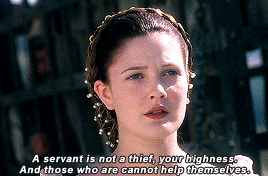My Name is Lakshmi
I think the most powerful thing about Sold is how much hope Lakshmi is able to hold onto. While in the brothel she loses so much: Shahanna, Monica, Harish and his mother, Puspha. Anyone of those losses could have been the nail in the coffin that hollowed her out. Any one of those could have destroyed her and turned her into a husk of a person. Instead, Lakshmi manages to find hope in her book of figures. She uses her notebook and her tally of much she has to work to pay off her debt to Mumtaz as a sort of crutch. She can open the book and see the (slow) progress she is making towards her freedom. But, later on, when Lakshmi shows the book to Mumtaz, she learns that there are so many other things that Mumtaz is charging her for. Mumtaz then tells her "'You have at least five more years here with me'" (McCormick, 226). Then, in the next poem, Lakshmi says, "Here at Happiness House, there are dirty men, old men, rough men, fat men, drunken men, sick ...

